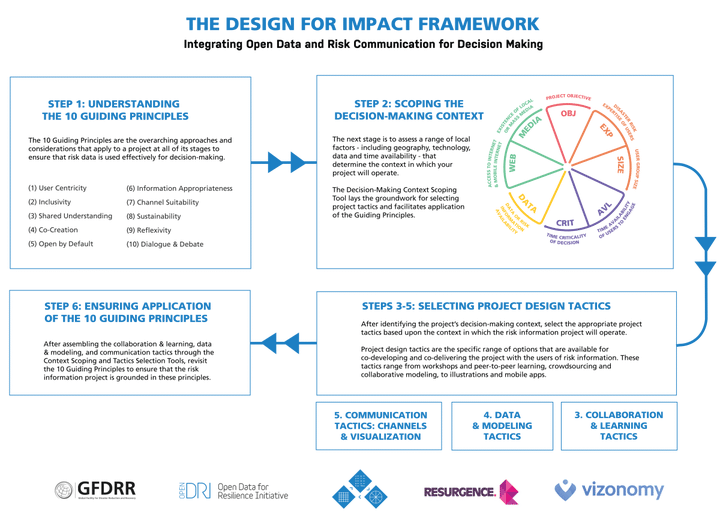Design for Impact Framework: Integrating Open Data and Risk Communication for Decision Making

Abstract
Since its establishment in 2011, OpenDRI has successfully applied the open databased approaches called for in the Sendai Framework to address the challenges of reducing vulnerability to natural hazards and the impacts of climate change in over fifty countries. Open data is data that anyone can access, use, or share. Advances in technology are generating unprecedented volumes of data. Governments, international agencies, and scientific institutions are increasingly making their data available to planners, civil contingency managers, and responders as open data. This framework represents a foundational first attempt by OpenDRI to address this challenge. It aims to provide project designers with a framework to guide them in developing projects that have a tight handshake between the development of risk data and real-world decision-making. This publication presents a first iteration of the framework as follows- Chapter 1 introduces the Design for Impact Framework, how it relates to the work of OpenDRI, and how it is reinforced by a number of key expert recommendations; Chapter 2 covers the Framework through a step-by-step project design guide illustrated by examples from impactful projects; Chapter 3 presents a scenario in which the Framework is applied in a preparedness planning context for a coastal city; Chapter 4 features eight projects that use open risk data effectively and are mapped against the Framework; and Chapter 5 showcases a further fifteen impactful projects in the light of the framework.